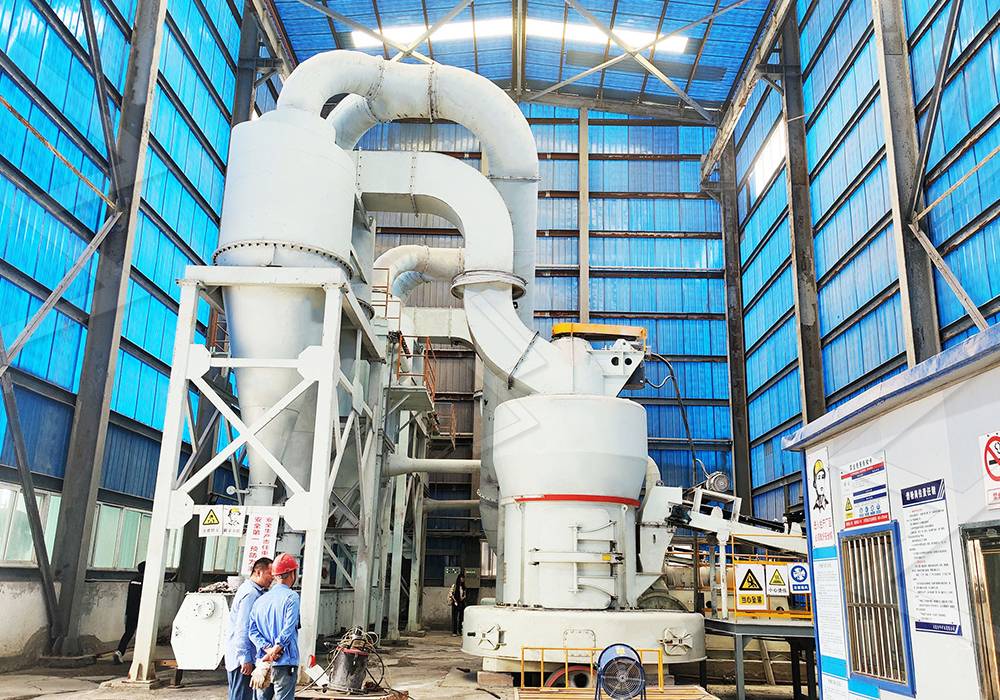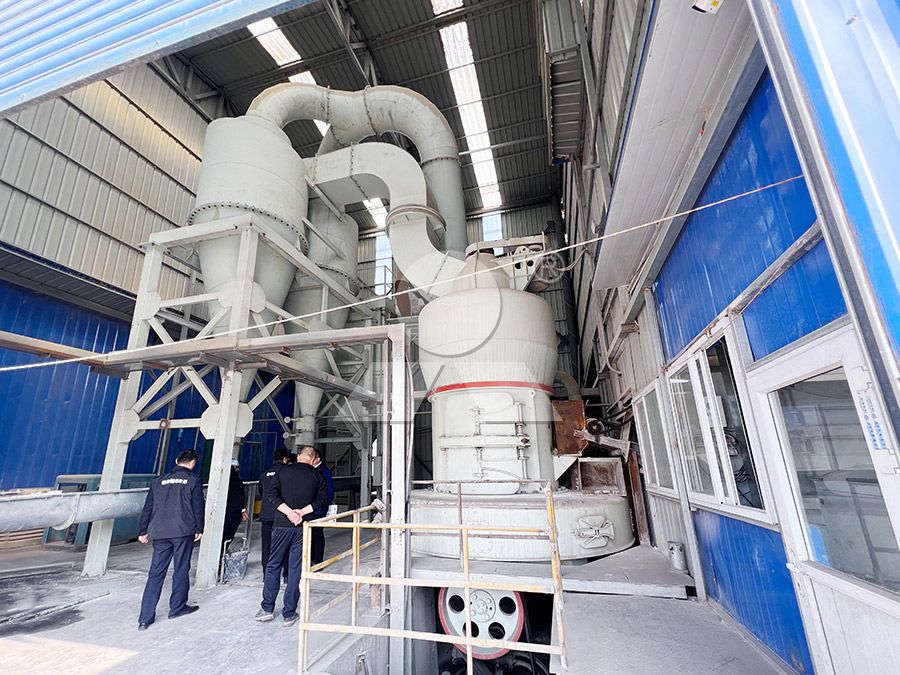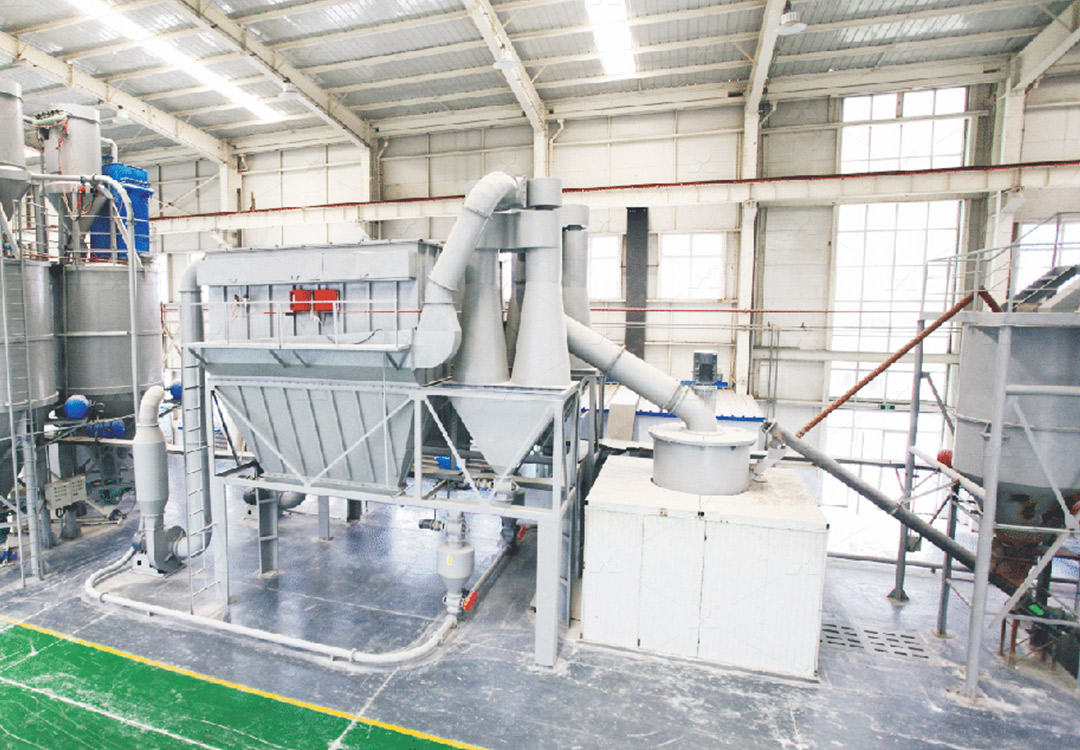The Structure and Working Principle of a Stone Crushed Gravel Mill
We provide a wide range of mills — including Raymond mill, trapezoidal mill, vertical mill, ultrafine mill, and ball mill, obtained ISO9001 international quality certification, EU CE certification, and Customs Union CU-TR certification. Suitable for processing minerals such as limestone, phosphate, quicklime, kaolin, talc, barite, bentonite, calcium carbonate, dolomite, coal, gypsum, clay, carbon black, slag, cement raw materials, cement clinker, and more.
The discharge range of these mills can be adjusted to meet specific processing needs, typically from 80-400 mesh, 600-3250 mesh, and can achieve the finest particle size of up to 6000 mesh(D50).
If you are looking for a reliable grinding solution to turn stone or minerals into fine powder, please feel free to contact our online customer service.
The Structure and Working Principle of a Stone Crushed Gravel Mill
In the world of aggregate processing and mineral grinding, the stone crushed gravel mill stands as a cornerstone peice of equipment. These mills are engineered to reduce various types of rock and stone into specific, consistant sizes of gravel and powder, essential for a myriad of construction and industrial applications. Understanding their structure and how they function is key to optimizing production and selecting the right machinery for your operation.
Basic Structural Components
A typical gravel grinding mill, regardless of its specific type, shares several core components. The main frame provides the structural integrity, housing the grinding chamber where the actual size reduction takes place. Inside this chamber, you’ll find the grinding elements – this could be rollers and a ring, balls in a drum, or a vertical table and rollers, depending on the mill design.

The system is powered by a robust motor connected to a reducer, which transmits the necessary torque to drive the grinding mechanism. A critical auxiliary system is the classifier or separator, which ensures only particles of the desired fineness exit the mill, while coarse material is recirculated for further grinding. Finally, an efficient dust collection system, often a pulse-jet baghouse, is integral to maintain a clean operation and meet environmental standards.
The Grinding Principle: More Than Just Crushing
The fundamental working principle involves mechanical force application to break down the raw feed material (0-20mm or similar). However, the most efficient modern mills combine multiple forces. The process often begins with feed material being elevated into a hopper and then evenly fed into the grinding zone by a vibrating feeder.
Once inside, the material is subjected to a combination of impact, compression, and attrition. In roller-based mills, material is ground between rotating rollers and a static or rotating ring/table. Centrifugal force causes the material to move outward, where it is continuously crushed until it becomes fine enough to be carried upwards by an air stream generated by an integral blower. This air stream transports the ground material to the integrated classifier.

The Role of Classification and Product Collection
The classifier is the brain of the operation, dictating the final product’s fineness. High-efficiency cage-type or rotor-style separators use adjustable vanes or speed control to create precise centrifugal forces. Particles that are too heavy (coarse) are rejected and fall back onto the grinding bed for further processing. The fine,合格 powder continues with the air flow into a cyclone collector or a baghouse, where it is separated from the air and discharged as the final product. This closed-circuit system ensures high efficiency and consistent product quality.
Recommendation: Embracing Modern Ultrafine Technology
For operations requiring not just gravel but also the production of ultra-fine powders from minerals like limestone, calcite, or barite, traditional mills can be inefficient. This is where advanced designs like our MW Ultrafine Grinding Mill excel. This machine is a game-changer, designed for customers needing to make 325-2500 mesh ultra-fine powder efficiently.
Its ingenous design eliminates rolling bearings and screws inside the grinding chamber, eradicating common failure points and concerns about loose parts causing damage. The cage-type powder selector, incorporating German technology, offers unparalleled precision in particle separation. Furthermore, the mill is equipped with an efficient pulse dust collector and muffler, significantly reducing dust and noise, ensuring the entire production process is eco-friendly and complies with stringent environmental protection standards. With a capacity range of 0.5-25 tph for sub-20mm feed, it provides higher yield and lower energy consumption compared to jet mills or ball mills.

Conclusion
From its robust structural design to the precise interplay of grinding and classification forces, the modern stone crushed gravel mill is a marvel of engineering. Choosing the right type—whether a robust vertical mill for high-capacity gravel production or a specialized ultrafine mill like the MW series for value-added powders—is crucial for profitability and efficiency. Understanding the principle behind the machine empowers operators to maximize uptime, reduce operating costs, and produce high-quality materials that meet the demanding specifications of today’s markets.
